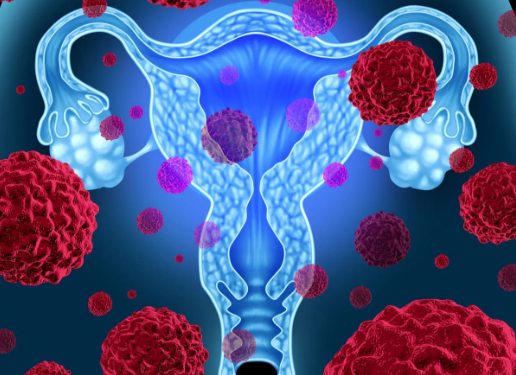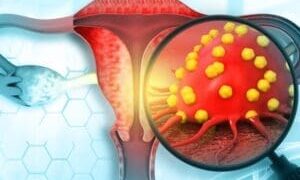“We aim to create laboratory models from the tumors of both Black and White patients with this subtype of cancer to identify biological differences that could guide treatment strategies for each population,” stated Kristin Taylor, MD, assistant professor of Obstetrics and Gynecology at Cedars-Sinai Cancer.
July 3, 2024 Story by: Editor
Emerging research highlights a significant percentage of false-negative results with transvaginal ultrasound (TVUS) in Black individuals diagnosed with endometrial cancer.
In a retrospective study recently published in JAMA Oncology, researchers examined data from the electronic medical records of 1,494 Black individuals who underwent hysterectomy procedures within a multicenter academic healthcare system. The study identified 210 patients with endometrial cancer.
Among patients with less than 5 mm of TVUS-measured endometrial thickness (ET), the study found an 11.4 percent probability of false-negative findings for endometrial cancer. Additionally, a 9.5 percent probability of false negatives was noted when using a 4 mm threshold for ET.
“This is a concerning error rate for a triage strategy that would terminate further workup and provide false reassurance to both patients and physicians. This result contributes to an increasing body of work questioning the wisdom of the TVUS triage strategy. It may be the case that the TVUS triage for endometrial biopsy is no longer a preferred strategy in the setting of increasing EC rates for all,” wrote lead study author Kemi M. Doll, M.D., MSCR, from the Department of Obstetrics and Gynecology at the Fred Hutchinson Cancer Center at the University of Washington in Seattle, and her colleagues.
The study also found similar trends with false-negative probability at the 5 mm ET threshold for women with risk factors for endometrial cancer.
For patients with postmenopausal bleeding, the researchers reported a 12.4 percent false-negative probability at the 5 mm ET threshold. Other factors such as the presence of fibroids on ultrasound, a body mass index over 40, and being 50 years of age or older were associated with false-negative probabilities of 11.8 percent, 9.3 percent, and 12.8 percent, respectively, at the 5 mm ET threshold.
The study authors highlighted that pelvic pain and partial ET visibility were associated with the highest false-positive probabilities (14.5 percent and 26.1 percent probability, respectively) at the 5 mm ET threshold.
“Fibroids were also associated with lower ET visibility. However, the difference in false-negative probability when stratified by fibroids alone was small, suggesting other mediators of this association,” explained Doll and her colleagues. “Individuals experiencing pelvic pain had higher false-negative probabilities—a potential sign that increased discomfort with the vaginal ultrasonography probe might lead to a shorter, lower-quality study as technicians seek to minimize harm.” Source: Diagnostic Imaging
















